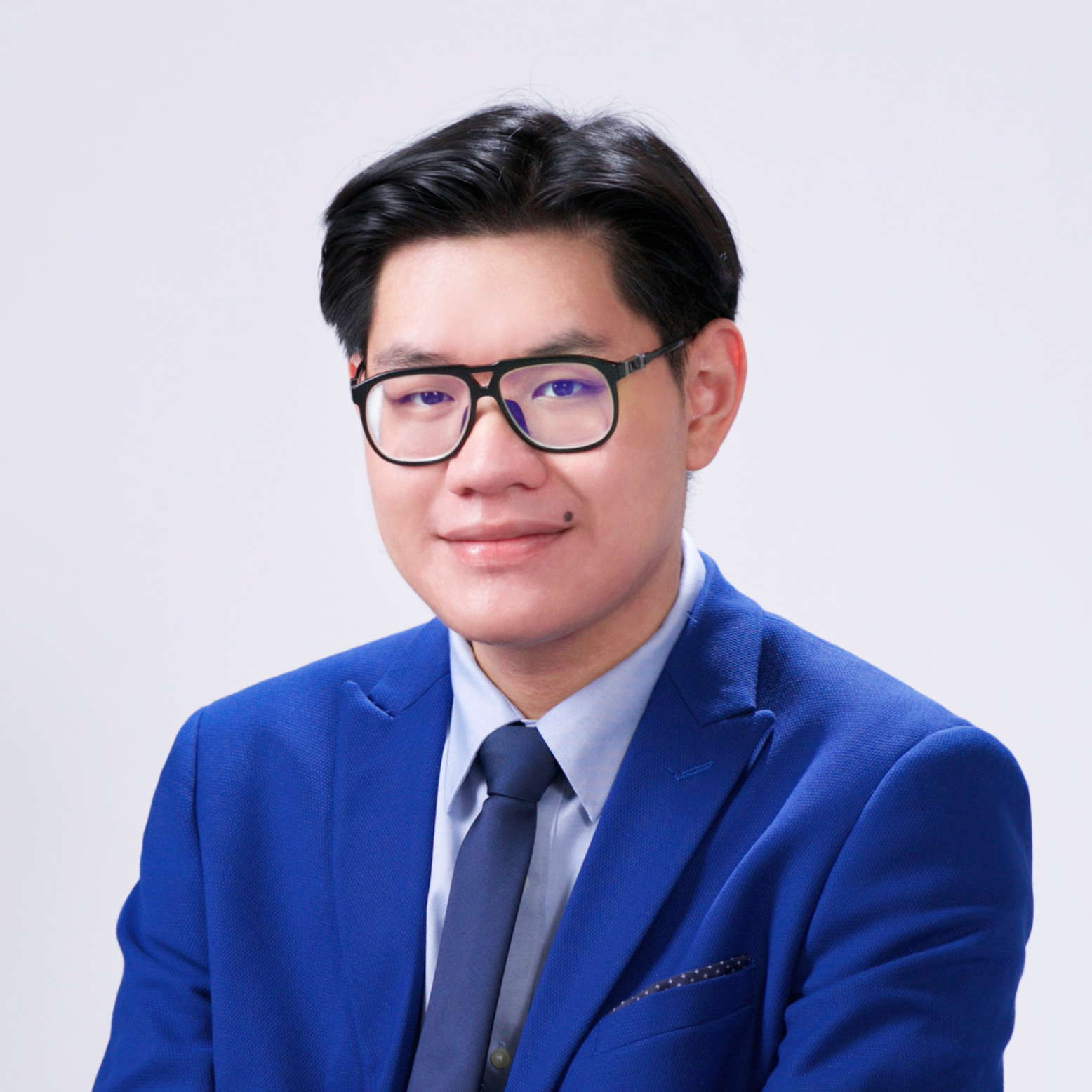Over the past three months, I’ve had the unique opportunity to work as a biotech student researcher at MIT facilities, as part of a design-thinking bootcamp hosted by LabCentral and the Boston Children’s Hospital and sponsored by the YouthCITIES (Creating Impact Through Innovation, Entrepreneurship, and Sustainability) fellowship program
During this twelve-week “L3 Innovation Challenge,” students from the Greater Boston Area collaborated in teams to develop technological solutions to real-world problems. This year’s challenge focused on using smart textiles to create prototypes addressing pediatric healthcare needs. On November 14th, our team advanced to the Final Round and presented our ideas to a panel of healthcare specialists, entrepreneurs, and venture capitalists from institutions like AutoDesk, Tufts University, and MIT.

At LabCentral, the spotlight was on us. Holding the 3D prototype of SOGAI—our System of Glucose-Detection & Automatic Insulin-Injection—we moved onto the stage for our final presentation in the YouthCITIES competition. The adrenaline from twelve weeks of intense work fueled every word we spoke.
Our team—Jiho, Katherine, Jahmani, Serafina, and I—combined smart textiles, 3D printing technology, and in-depth research on type 2 diabetes to create SOGAI and the mySOGAI app. This project earned us a spot in the Final Round and praise from Dr. Kate Donovan, Director of Immersive Technologies at Boston Children’s Hospital, who commended our project as the “best researched.”

Every Wednesday during the L3 Innovation Challenge, we traveled to LabCentral in Cambridge, Massachusetts. Joining a select group of high school students from across the Boston area, we were divided into teams with a shared goal: turning innovative tech ideas into tangible products to address critical medical challenges. We had the privilege of collaborating with peers from different schools, meeting with mentors—industry experts in fields ranging from cancer treatment to biometrics—and gaining a deep appreciation for the behind-the-scenes scientists dedicated to making the world a better place.
LabCentral, a 70,000 square-foot MIT-owned facility, housed cutting-edge laboratories and R&D centers that buzzed with innovation. Walking through the corridors, I could hear the steady hum of equipment—machines working tirelessly, conducting experiments, and pushing the boundaries of what we know. The faint whirring of 3D printers echoed in the background, while the rhythmic clicking of computers processing data filled the air. It was as if the entire space pulsed with the energy of discovery, each sound a reminder of the relentless pursuit of knowledge happening around us.
In that environment, Isaac Newton’s words—“What we know is a drop, what we don’t know is an ocean”—came to life. The sheer scale of what we didn’t yet understand felt palpable. Surrounded by brilliant minds and groundbreaking technology, I couldn’t help but feel that we were only scratching the surface of vast, uncharted waters. The hum of the equipment became a backdrop to our curiosity, driving us forward in our own quest to contribute a small, but significant, drop to that ocean of knowledge.
The lessons from this competition extended far beyond the scientific knowledge we gained. It reshaped our views on STEM, revealing the field as not only demanding but deeply rewarding. Awards and recognition, while gratifying, represent only the surface of the rigorous and transformative journey we embarked on over those twelve weeks.
This article was adapted in part for publication in the CATS Academy Courier.

